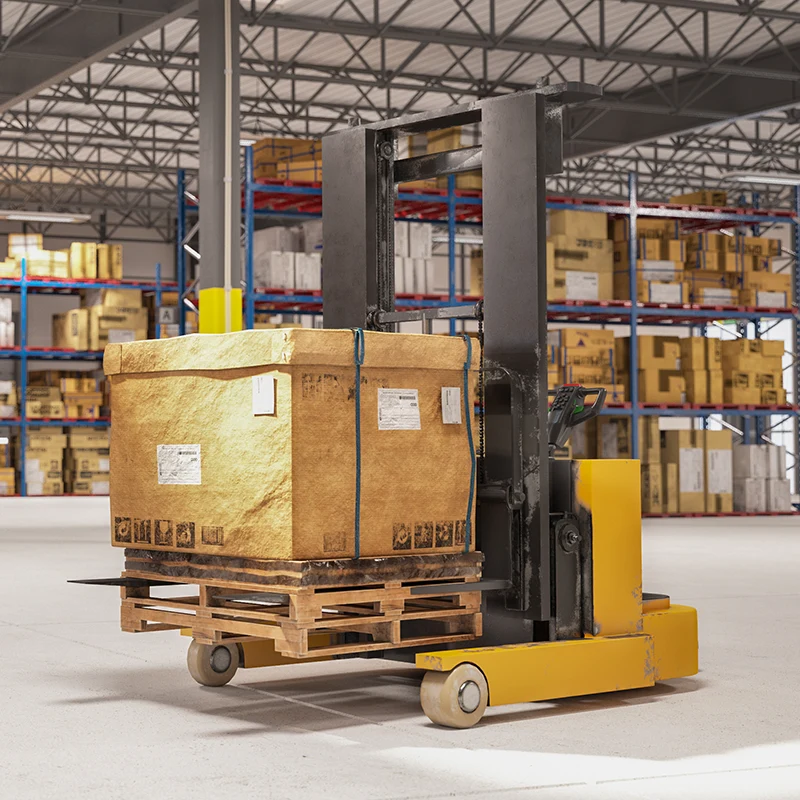How to Judge the Quality of Solid Tires
2025-07-02
Solid tires, commonly used in industrial vehicles such as forklifts, loaders, and airport equipment, are prized for their durability and resistance to punctures. However, not all solid tires are created equal. Judging their quality is essential for ensuring safety, performance, and cost-efficiency. This essay outlines the key factors that determine the quality of solid tires, including material composition, manufacturing process, load capacity, wear resistance, and performance testing.
1. Material Composition
The raw materials used in the tire significantly impact its quality. High-quality solid tires are typically made from natural rubber or a blend of natural and synthetic rubbers, which provide better elasticity, resilience, and longevity. Low-quality tires may contain excessive fillers or recycled rubber, reducing their structural integrity and increasing the risk of premature cracking or deformation.
2. Manufacturing Process
Advanced manufacturing processes, such as precision molding and high-pressure vulcanization, contribute to a tire's consistency and durability. A quality solid tire should have a uniform structure without air bubbles, separations, or cracks. Tires manufactured with poor techniques may suffer from uneven density, leading to vibration, poor balance, or early failure under load.
3. Load Capacity and Compression Set
One of the critical indicators of a solid tire's quality is its load-bearing capability. A well-made tire should maintain shape and performance under heavy loads without excessive compression or flattening. The compression set—how much the tire deforms under pressure and fails to return to its original shape—should be minimal to ensure stability and longevity.

4. Wear and Heat Resistance
Durability under harsh operating conditions is essential. High-quality solid tires feature tread compounds designed to resist abrasion and heat buildup during continuous use. Good tires maintain their shape and surface for longer periods, even in abrasive or high-temperature environments, such as warehouses or construction sites.
5. Performance Testing and Certification
Reliable manufacturers conduct strict quality control and testing, such as dynamic balance testing, endurance trials, and load simulations. Certifications like ISO, REACH, or local safety standards serve as proof that the tire has met certain quality benchmarks. Buyers should always check for these certifications when selecting solid tires.
Conclusion
In summary, evaluating the quality of solid tires involves a close look at their material quality, manufacturing standards, structural integrity, load performance, and wear resistance. Investing in high-quality solid tires not only enhances the efficiency and safety of equipment but also reduces long-term operating costs. Choosing reputable brands and understanding the core indicators of tire quality are key steps toward making an informed purchase.
As a professional manufacturer and supplier, we provide high-quality products. If you are interested in our products or have any questions, please feel free to contact us.